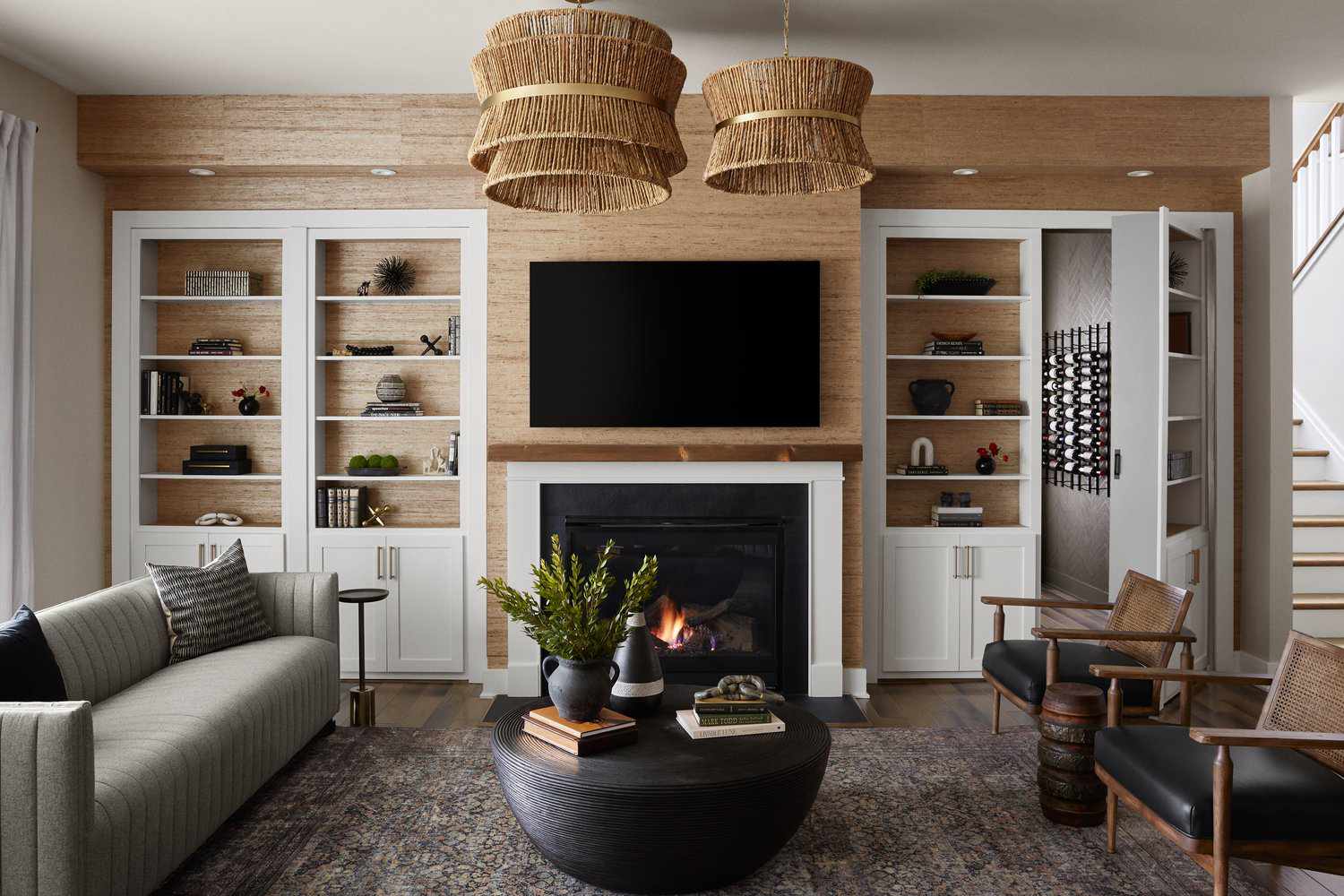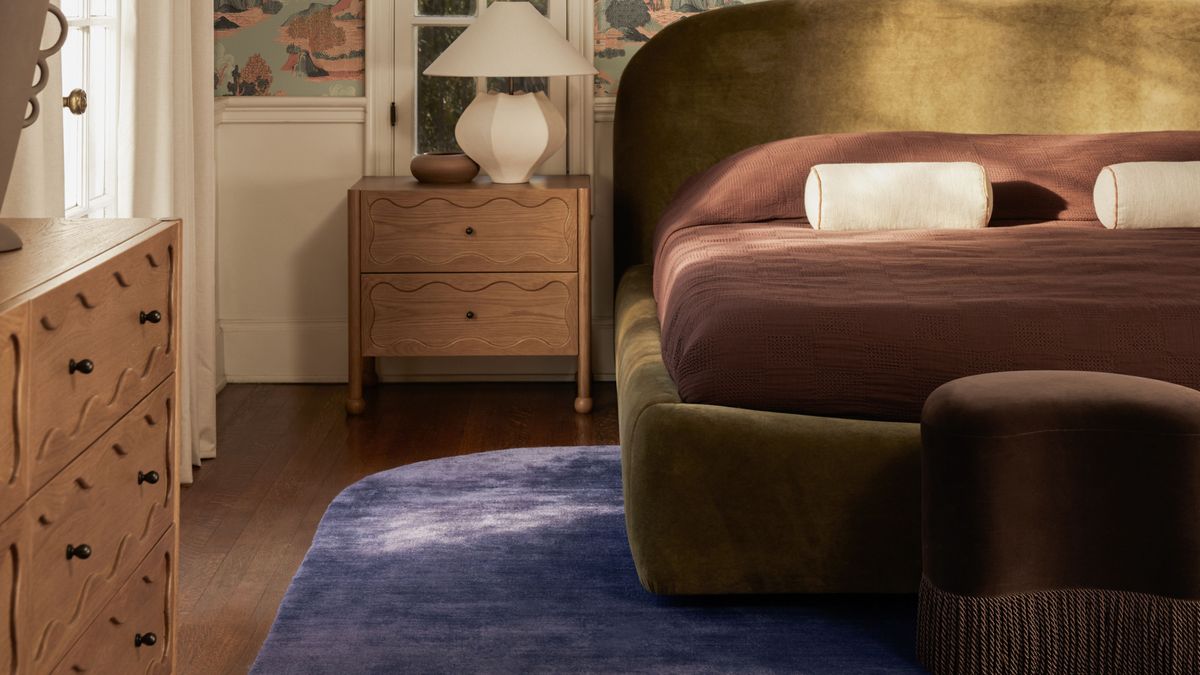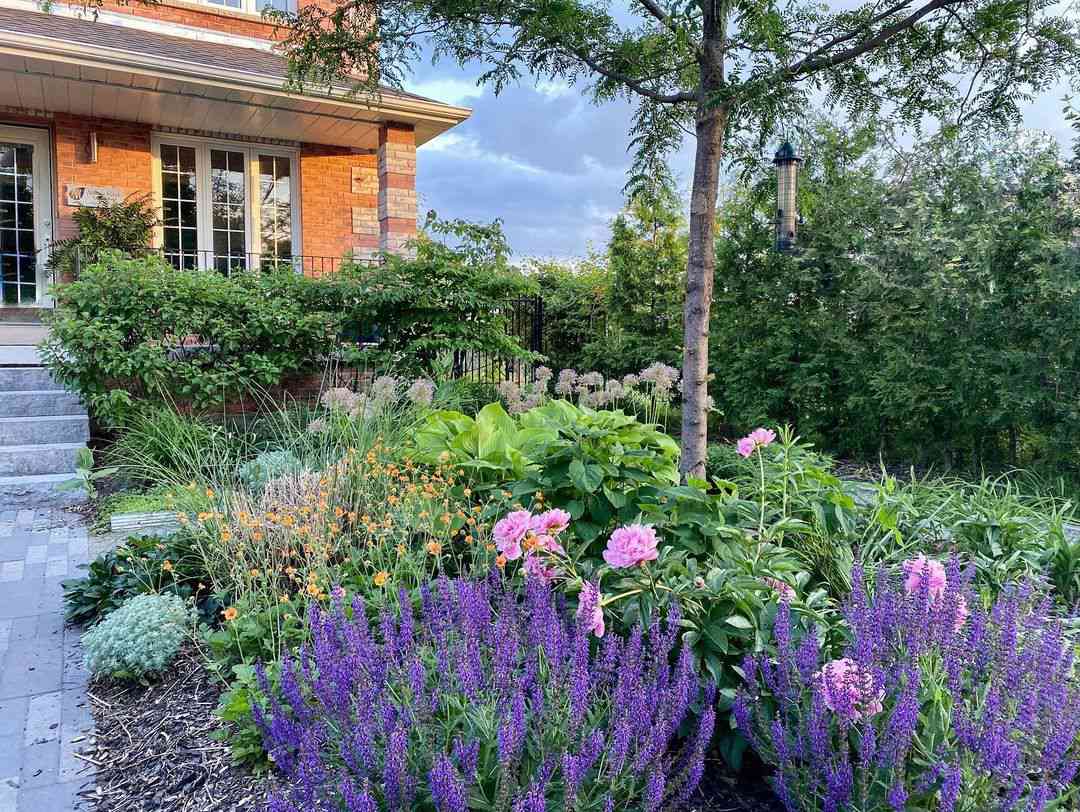
The One Design Feature You’re Overlooking That Will Instantly Elevate Any Room
Even with all the key design elements in place, it’s possible for a room’s design to feel as though it’s lacking something. Often, this is because one critical feature is missing—the addition and use of various textures. Depending on the room, there are plenty of ways to layer a room with texture, which can make the choices feel overwhelming.
With the help of two design pros, we asked them to share their thoughts on how to add texture to any room, as well as why it’s so important in the first place.
Why Texture Is Important
Before looking at which textures work best in various rooms, it’s important to understand what texture is, exactly—as well as why it’s so important in the first place.
As designer Steven Graffam explains, he sees a room’s texture as the seasoning in a recipe, noting that a textureless room often feels bland.
“When texture is overlooked, a room can end up feeling flat or lifeless, like a cake without frosting,” says Graffam. “Sure, it’s fine, but why settle for ‘fine’ when you can have a masterpiece?”
Fellow designer John Stivale agrees, noting that varying textures are what truly brings a room to life—even beyond color and furniture.
“They add depth, warmth, and personality, but sometimes they’re overlooked because they’re subtle and harder to visualize at first,” he says.
Want more design inspiration? Sign up for our free daily newsletter for the latest decor ideas, designer tips, and more!
How to Integrate Texture in Different Rooms
Design: Gray Space Interior Design / Photographer: Rebecca McAlpin
Before adding texture, take a look around your space and notice any areas that feel boring or one-dimensional. These are prime spots for adding texture, which Graffam says will add instant depth, warmth, and personality.
Much like adding seasoning to a recipe, it’s also a bit like adding layers to an outfit. If you have a leather chair, for example, Graffam suggests softening up the space with a velvet pillow; it makes the room feel much more inviting.
If you feel your room lacks visual and tactile interest, it’s time to layer in texture.
“It enhances comfort, and helps balance elements, turning a room from flat and ordinary to rich and engaging,” Stivale says.
Bedroom
Layering additional textures into your bedroom is an instant way to elevate the room—especially if you turn to luxe fabrics, says Stivale.
“Think velvet throw pillows, a chunky knit blanket, or a fluffy rug underfoot,” he says. “It’s like giving your bed a warm hug.”
If you want to go beyond smaller accessories, you can also explore bigger textural elements. Stivale suggests incorporating textured wallpaper or an interesting woven or rattan headboard.
“It’s all about creating a tactile experience that makes the room feel inviting and stylish,” he says.
Living Room
While the goal of the bedroom might be to create a zen sanctuary that feels both luscious and luxurious, Graffam says he likes to use the living room to play with the contrast between soft and bold.
For example, he suggests pairing a velvet sofa with a sleek leather ottoman for something cool and edgy, or adding a jute or sisal rug for an earthy, grounded texture.
“It’s like a dance party of textures,” he says.
You can also turn to stunning statement throw pillows. Graffam suggests playing with silk, linen, wool, or faux fur—whatever makes your room feel inviting and tactile.
Bathroom
Without texture, it’s far too easy for a bathroom to feel overly sterile or clinical. But you don’t have to go full-on maximalist in this space, either. Instead, Stivale suggests leaning into more organic textures.
“To create a zen, spa-like bathroom, go for natural textures like stone, wood, and linen,” he says. “A few plants or a bamboo tray can elevate the space instantly.”
These can be added with woven baskets, interesting countertop accessories, or bath mats and area rugs. But if you’re embarking on a larger renovation, you can look toward marble countertops or a teak shower bench.
Kitchen
Much like the bathroom, the kitchen is another place where mixed materials work really well for adding in texture. Graffam suggests combining smooth marble countertops with rough-hewn wood shelves, or a subway tile backsplash.
“For a full redesign, think textured cabinetry or a statement stone island,” he adds.
But if you’re only looking to add touches of texture, there are plenty of options. Graffam suggests woven fruit baskets, chunky wooden cutting boards, and textured dish towels as perfect ways to add both warmth and depth to the room.










